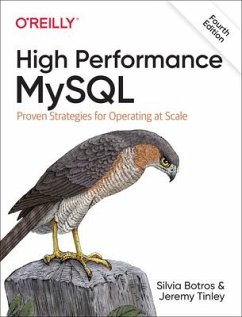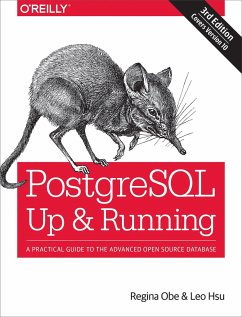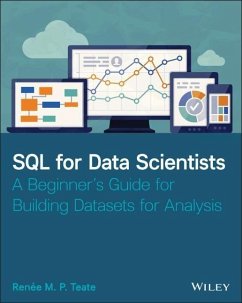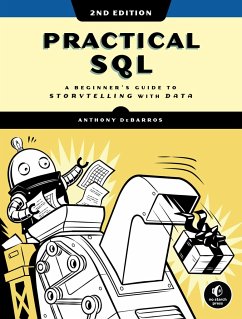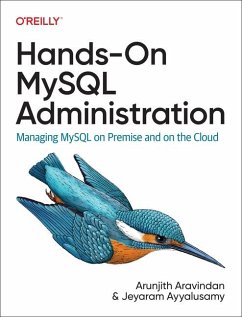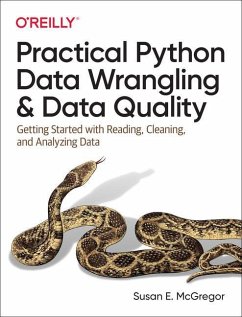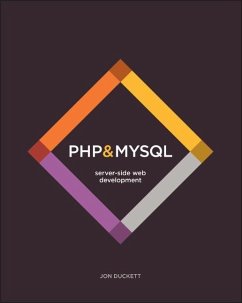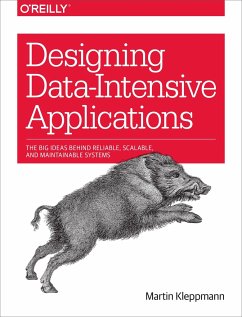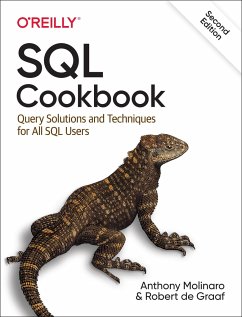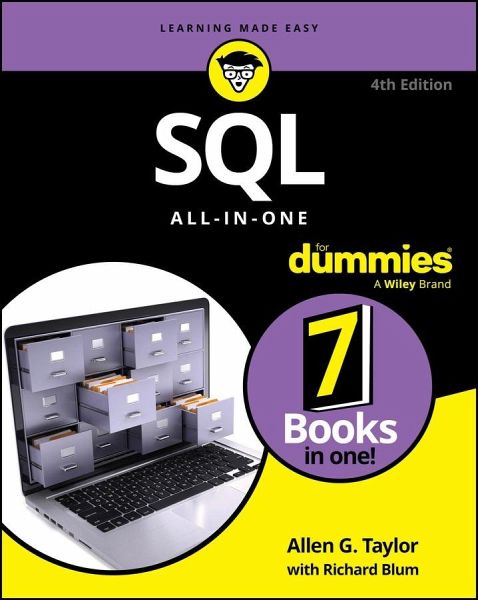
SQL All-in-One For Dummies

PAYBACK Punkte
13 °P sammeln!
Your one-stop guide to SQL SQL is the international standard programming language for relational databases. Yes, it's all about data, and adding SQL to your coding wheelhouse is more important than ever. This book lets you do just that, with easy-to-follow instructions on everything from the basics to advanced topics. You'll learn to create and fill databases, edit data, and protect data from corruption. You'll also see how to use SQL alongside other programming languages, so you can build data applications that add value in any setting. 7 Minibooks Inside... * Getting Started with SQL * Devel...
Your one-stop guide to SQL SQL is the international standard programming language for relational databases. Yes, it's all about data, and adding SQL to your coding wheelhouse is more important than ever. This book lets you do just that, with easy-to-follow instructions on everything from the basics to advanced topics. You'll learn to create and fill databases, edit data, and protect data from corruption. You'll also see how to use SQL alongside other programming languages, so you can build data applications that add value in any setting. 7 Minibooks Inside... * Getting Started with SQL * Developing Relational Databases * Writing SQL Queries * Securing Your Data * Programming with SQL * Working with Advanced Data Types in SQL * Optimizing Your Database




